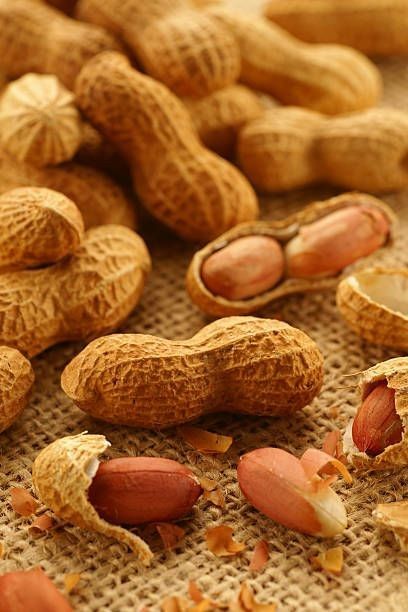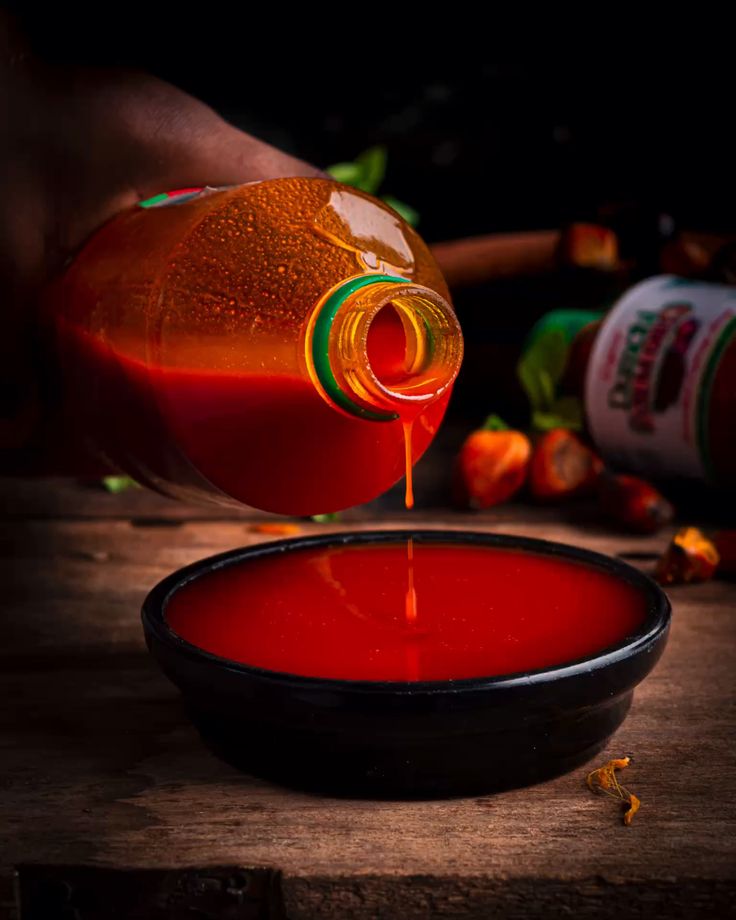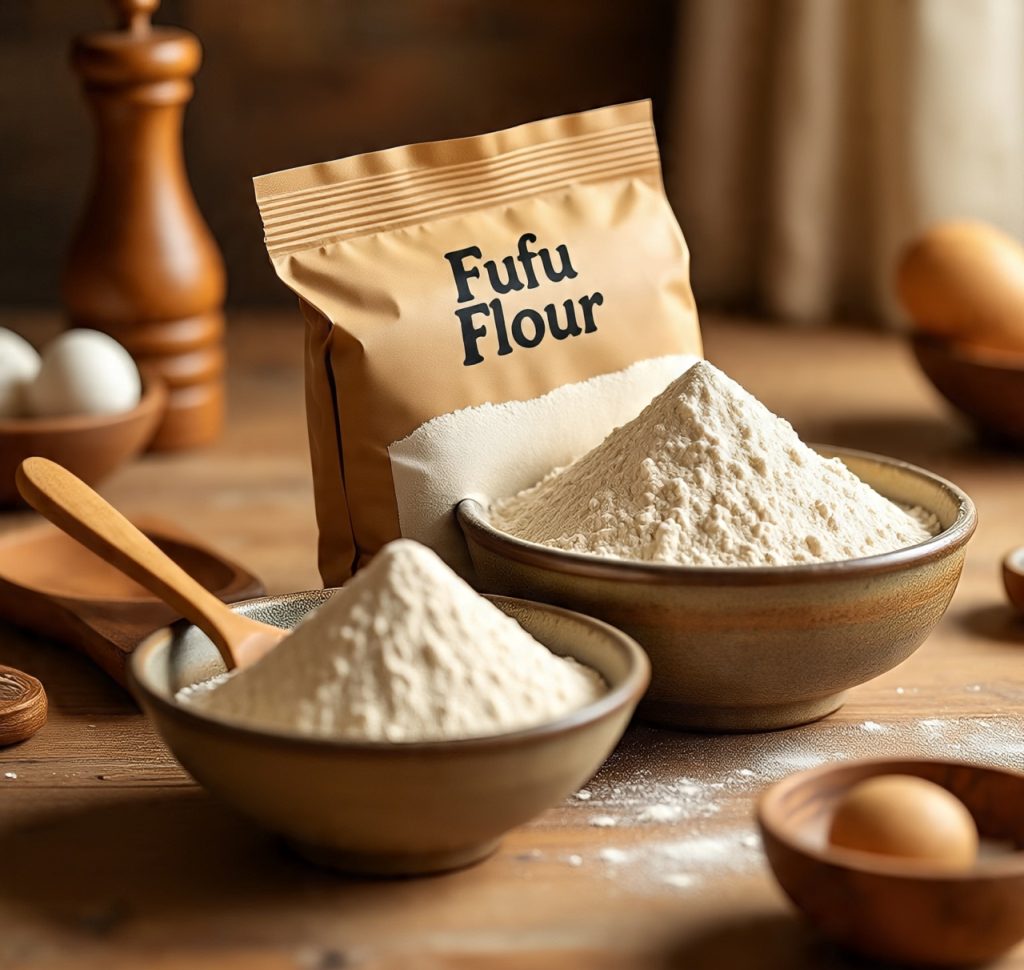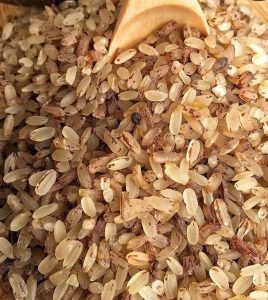 Ofada rice is a distinctive, aromatic, and unpolished rice variety renowned for its rich flavor, unique aroma, and high nutritional value. Traditionally cultivated in specific regions of West Africa, Ofada rice has grown beyond local consumption to become a gourmet export product, particularly sought after by African diaspora communities and adventurous global food lovers.
Ofada rice is a distinctive, aromatic, and unpolished rice variety renowned for its rich flavor, unique aroma, and high nutritional value. Traditionally cultivated in specific regions of West Africa, Ofada rice has grown beyond local consumption to become a gourmet export product, particularly sought after by African diaspora communities and adventurous global food lovers.
Unlike polished white rice, Ofada rice retains its bran layer, giving it a nutty taste, chewy texture, and higher nutrient content. It is a cultural delicacy often served with signature sauces and stews, making it both a culinary and cultural export.
Why Ofada Rice is in High Demand
-
Nutritional Superiority – Higher in fiber, vitamins, and minerals than regular white rice.
-
Unique Flavor & Aroma – Distinct earthy taste and fragrant smell that appeal to gourmet markets.
-
Cultural Significance – A celebratory dish for African communities worldwide.
-
Health Trends – Fits into whole grain, low-GI, and natural food movements.
Common Uses of Ofada Rice
-
Traditional Dishes – Served with spicy pepper stew or vegetable sauces.
-
Gourmet Recipes – Used in upscale African fusion cuisine.
-
Healthy Eating – Incorporated into balanced diets as a whole grain.
-
Ethnic Restaurants – A staple for African cuisine abroad.
Varieties for Export
-
Parboiled Ofada Rice – Partially boiled for faster cooking and extended shelf life.
-
Unpolished Brown Ofada Rice – Fully retains its bran layer for maximum nutrition.
-
Organic Ofada Rice – Grown without chemical inputs for premium buyers.
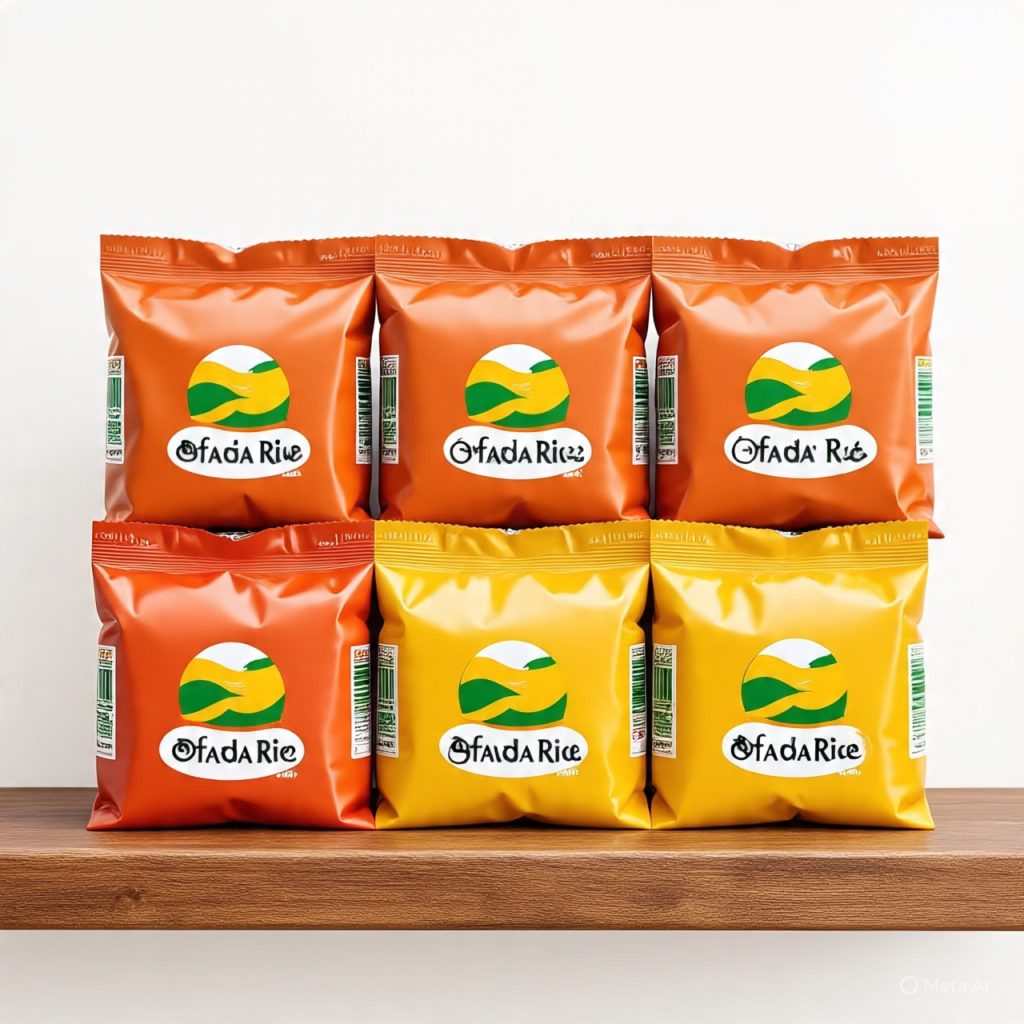
Major Importing Markets
-
North America – USA, Canada (African and health food markets).
-
Europe – UK, Germany, France, Netherlands (African diaspora and gourmet sectors).
-
Middle East – UAE, Qatar, Saudi Arabia (expatriate communities).
-
Asia-Pacific – Niche specialty food markets in Japan, Australia, and Singapore.
Export Processing Steps
-
Harvesting – Mature rice is cut and threshed.
-
Cleaning – Removal of stones, husks, and foreign particles.
-
Parboiling (Optional) – Improves cooking time and texture.
-
Drying – Reduces moisture to safe storage levels.
-
Packaging – Packed in 5kg, 10kg, 25kg, or 50kg moisture-resistant bags.
Quality Standards & Export Requirements
-
Moisture Content – Typically below 14% to prevent spoilage.
-
Purity – Minimal foreign matter (less than 1%).
-
Certifications – Organic, ISO, HACCP for premium markets.
-
Documentation – Phytosanitary certificate, certificate of origin, quality report, export license.
Why Ofada Rice Export is Profitable
-
Premium Pricing – Commands higher prices than standard rice due to its heritage status.
-
Ethnic Market Stability – Guaranteed demand among diaspora communities.
-
Value Addition – Can be branded as a gourmet product with recipe guides.

IMEN GREEN GLOBAL LIMITED Advantage
We specialize in supplying authentic, high-quality Ofada rice with a natural aroma and rich taste. Our sourcing network ensures consistent quality and volume to meet bulk and retail demands.
We offer:
-
Bulk and Branded Packaging.
-
Parboiled and Raw Ofada Rice.
-
Organic Certified Options.
-
Custom Labeling for International Buyers.
Conclusion:
Ofada rice is more than just a food product — it is a cultural treasure and health-conscious grain with strong export potential. By positioning it as a gourmet, heritage product, exporters can tap into niche, premium markets with repeat customer loyalty.




